One of the reasons I tend toward putting drum modules in a different build is because, in the end, you probably don't want to treat the drum sounds in the same way in a mix than you would the rest of a typical modular's sound sources. True, you could set up a separate sub-chain for the drum signals within a large build, with separate sources, processing, mixing, and outputs...but it's always seemed more logical to treat drums as 'another instrument' and put its devices separate (but always patchable to the main modular in some way, of course).
As for the 'drum modules are anti-modular' idea...I say that's bunk. Optimally, ALL electronic instruments should interconnect in some way, and that approach in of itself is basically a modular-type approach to the 'studio-as-instrument' concept. Drum modules, machines, controllers are just as valid as anything else as something that should interconnect, and since that interconnectivity includes with a modular...well, there you are!
Now, that being said, I would suggest to the original poster that you might be in better shape at this point in time just concentrating on the synth basics, instead of trying to figure out how two ideas at the same time can be jammed into one 9U x 84 (I presume that's what's meant by '3x84') cab that's actually a starting point for working with modular. Technically, you could jam a percussion synth into a single 84 hp row (see this thread for an example I did recently: https://www.modulargrid.net/e/forum/posts/index/2828 ), but then that might shortchange space for sequencing and clocking. A better idea, though, would be to follow the other poster's lead in that thread, and use a dedicated drum sequencer (such as an Arturia BeatStep Pro) to control the drums while still either taking clocking from or sending clocking to the main modular. Saves space, avoids certain hassles of adapting non-drum things to drum usage, and so on. It's also hard to beat what it can do for just $249 street, and it's ready to go for both drum triggers (8 channels of those) plus synth sequencing (two full CV/gate outs).
Anyway, just a few ideas...

